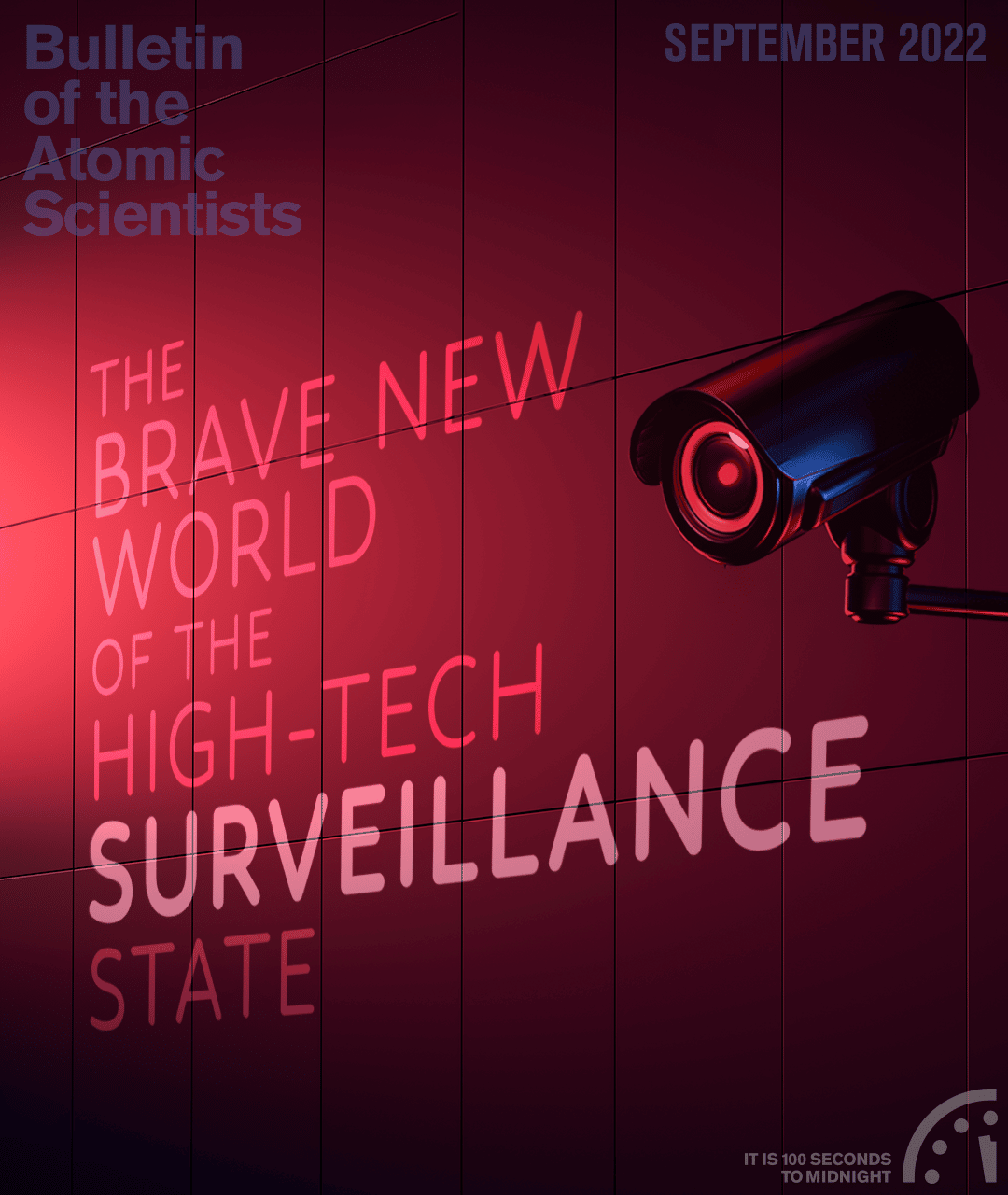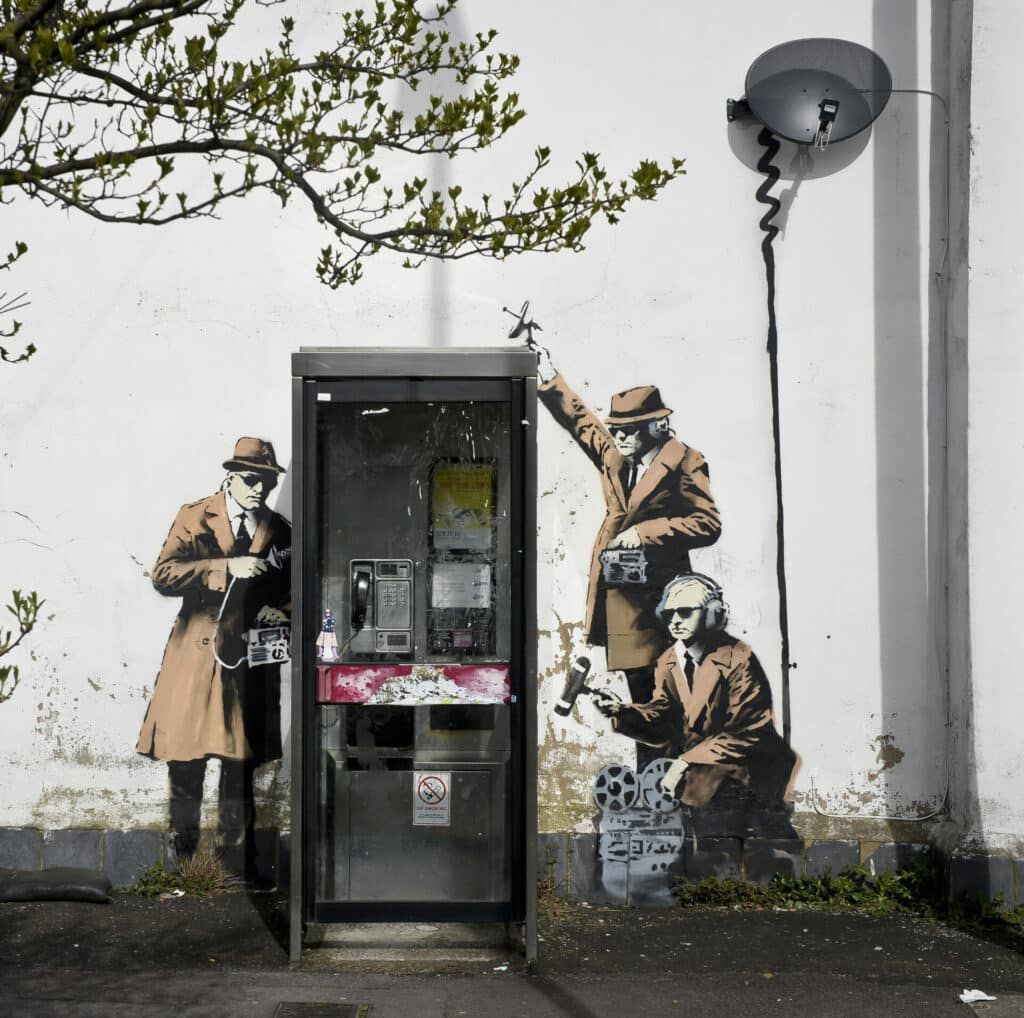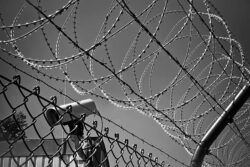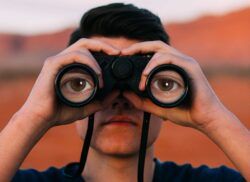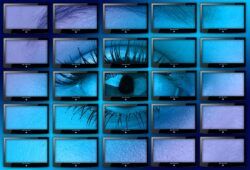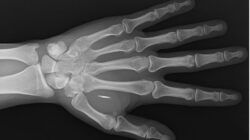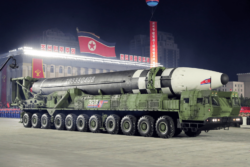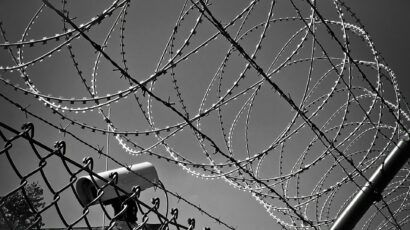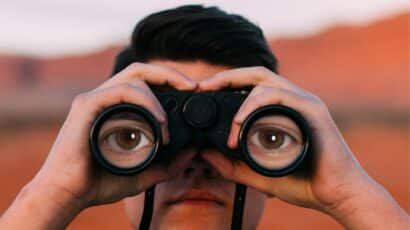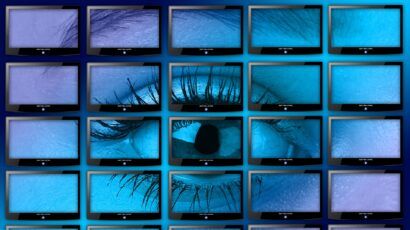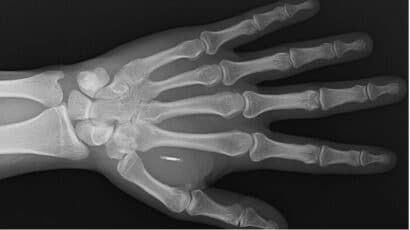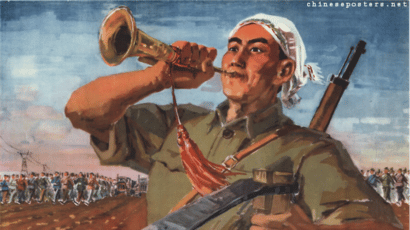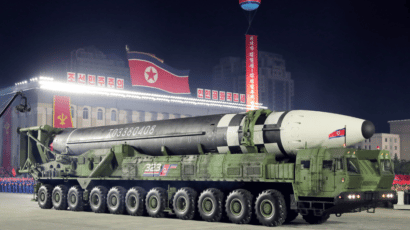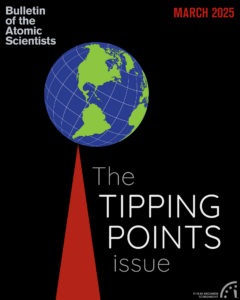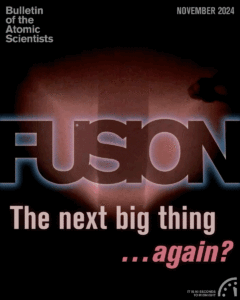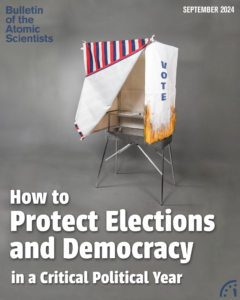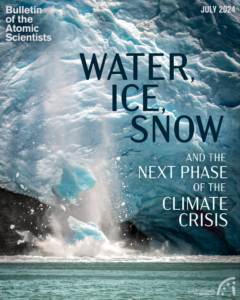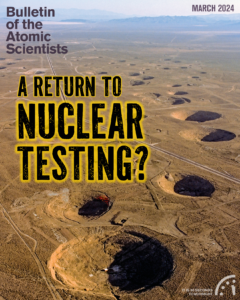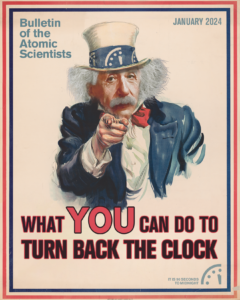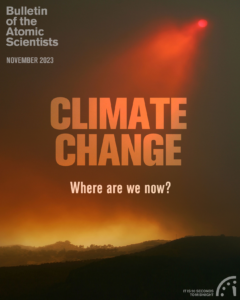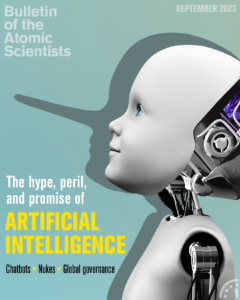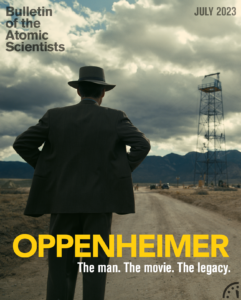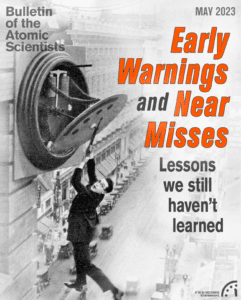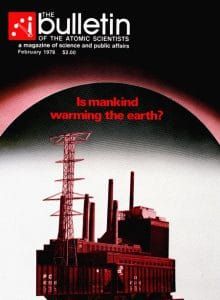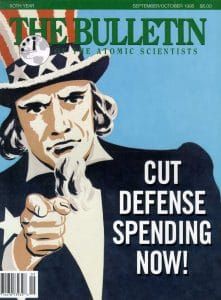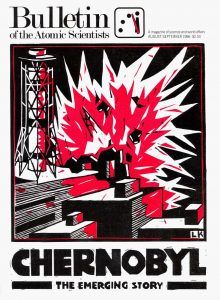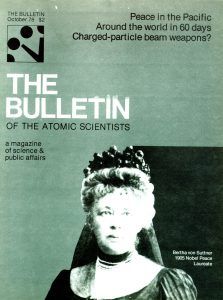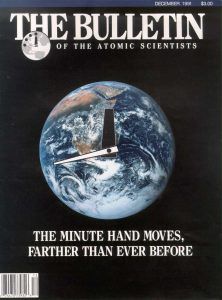DIGITAL MAGAZINE
September 2022
DIGITAL MAGAZINE
September 2022
September 2022
Introduction: The brave new world of the high-tech surveillance state
Each of us carries in our pockets one of the most sophisticated surveillance and tracking devices ever created. Is privacy starting to become a luxury?
The high-tech surveillance state is not restricted to China: Interview with Maya Wang of Human Rights Watch
Maya Wang’s ground-breaking research into China’s use of technology for mass surveillance of its ethnic minorities helped galvanize international attention. Wang explains how she learned of what was going on, what technologies are being used, and the thinking behind its implementation on the part of the Chinese government—and how this techno-authoritarianism could be a taste of what is to come elsewhere.
Smart devices, cell phone cameras, social shaming. and the loss of the right to a private self: Interview with Michel Paradis
What needs to be done — in the form of rules, laws, agreements, and technological fixes put in place by policymakers on an international level — so that democracies remain democracies.
Creating a model democratic alternative to the surveillance state
Faced with a global decline in the principles of equality, freedom, transparency, and accountability, democracies must respond by turning their attention inward—and crafting a model that leads by example.
Microchips in humans: consumer-friendly app, or new frontier in surveillance?
Self-described “bio-hackers” are voluntarily injecting radio frequency identification chips under their skin between their thumb and forefinger, which allows them to pay for purchases by just hovering their bare hand over a scanner at a checkout counter. Harmless whim, or the first step toward being literally under the thumb of the surveillance state?
What a Cold War crisis over Taiwan could tell us about China-Russia relations today
Today's Ukraine crisis has uncanny parallels to an often-overlooked Cold War conflict between China, the Soviet Union, and the West known as “The Taiwan Straits Crisis of 1958”—which some analysts call the first serious nuclear crisis.
“When it comes to Russia, it’s like living in a volcano” — Interview with Farida Rustamova, an independent reporter in Putin’s Russia
Despite the modern-day tools of repression used in today’s Russia, independent journalists there continue to try to disseminate accurate, uncensored, honest information about such unapproved topics as corruption, nepotism, the treatment of dissenters, and the war in Ukraine. A Russian journalist explains how, speaking from an undisclosed location via Zoom.
Nuclear Notebook: How many nuclear weapons does North Korea have in 2022?
This Nuclear Notebook examines North Korea’s nuclear arsenal. The authors cautiously estimate that North Korea may have produced enough fissile material to build between 45 and 55 nuclear weapons; however, it may have only assembled 20 to 30.
The high-tech surveillance state is not restricted to China: Interview with Maya Wang of Human Rights Watch
Maya Wang’s ground-breaking research into China’s use of technology for mass surveillance of its ethnic minorities helped galvanize international attention. Wang explains how she learned of what was going on, what technologies are being used, and the thinking behind its implementation on the part of the Chinese government—and how this techno-authoritarianism could be a taste of what is to come elsewhere.
Smart devices, cell phone cameras, social shaming. and the loss of the right to a private self: Interview with Michel Paradis
What needs to be done — in the form of rules, laws, agreements, and technological fixes put in place by policymakers on an international level — so that democracies remain democracies.
Creating a model democratic alternative to the surveillance state
Faced with a global decline in the principles of equality, freedom, transparency, and accountability, democracies must respond by turning their attention inward—and crafting a model that leads by example.
Microchips in humans: consumer-friendly app, or new frontier in surveillance?
Self-described “bio-hackers” are voluntarily injecting radio frequency identification chips under their skin between their thumb and forefinger, which allows them to pay for purchases by just hovering their bare hand over a scanner at a checkout counter. Harmless whim, or the first step toward being literally under the thumb of the surveillance state?
What a Cold War crisis over Taiwan could tell us about China-Russia relations today
Today's Ukraine crisis has uncanny parallels to an often-overlooked Cold War conflict between China, the Soviet Union, and the West known as “The Taiwan Straits Crisis of 1958”—which some analysts call the first serious nuclear crisis.
“When it comes to Russia, it’s like living in a volcano” — Interview with Farida Rustamova, an independent reporter in Putin’s Russia
Despite the modern-day tools of repression used in today’s Russia, independent journalists there continue to try to disseminate accurate, uncensored, honest information about such unapproved topics as corruption, nepotism, the treatment of dissenters, and the war in Ukraine. A Russian journalist explains how, speaking from an undisclosed location via Zoom.
Nuclear Notebook: How many nuclear weapons does North Korea have in 2022?
This Nuclear Notebook examines North Korea’s nuclear arsenal. The authors cautiously estimate that North Korea may have produced enough fissile material to build between 45 and 55 nuclear weapons; however, it may have only assembled 20 to 30.
September 2022
Subscribe now
We've relaunched the Bulletin's award-winning digital magazine. Get access to every issue and our archive going back to 1945.
Magazine archive
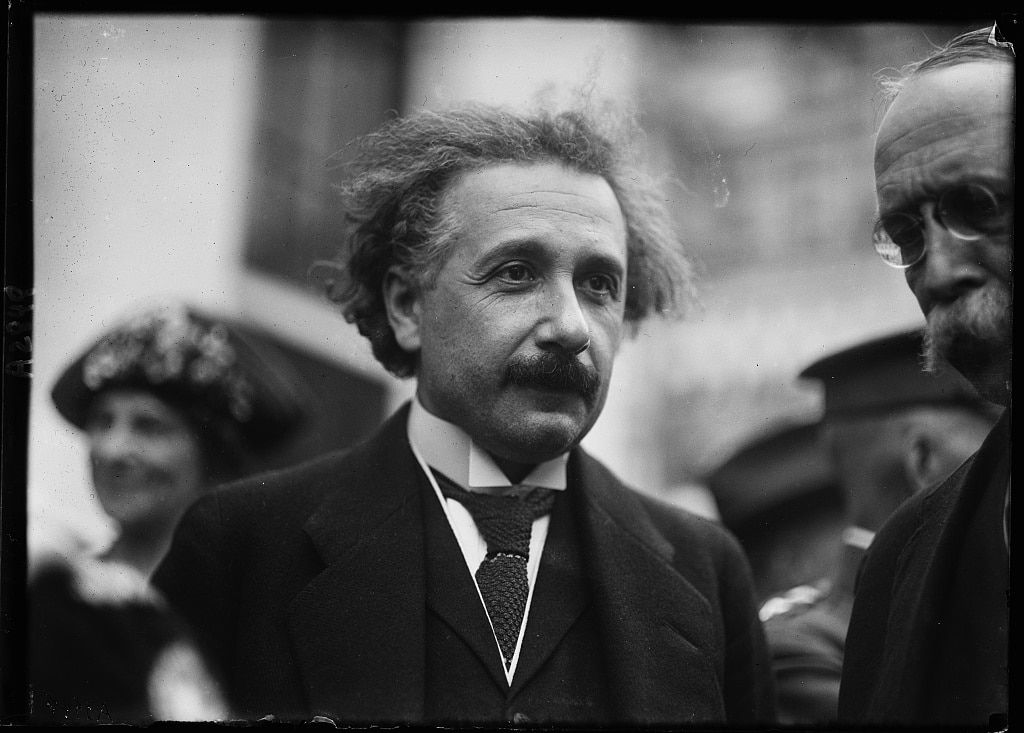
Premium subscribers can read the complete Bulletin of the Atomic Scientists’ archive, which contains every article published since our founding in 1945.
This archive was created in honor of John A. Simpson, one of the Bulletin’s principal founders and a longtime member of its Board of Sponsors. This searchable archive provides exclusive online access to original interviews and commentary by luminaries like Albert Einstein, J. Robert Oppenheimer, Ruth Adams, John F. Kennedy, Stephen Hawking, Christine Todd Whitman, US Secretary of Defense William J. Perry, and multiple Nobel laureates.
